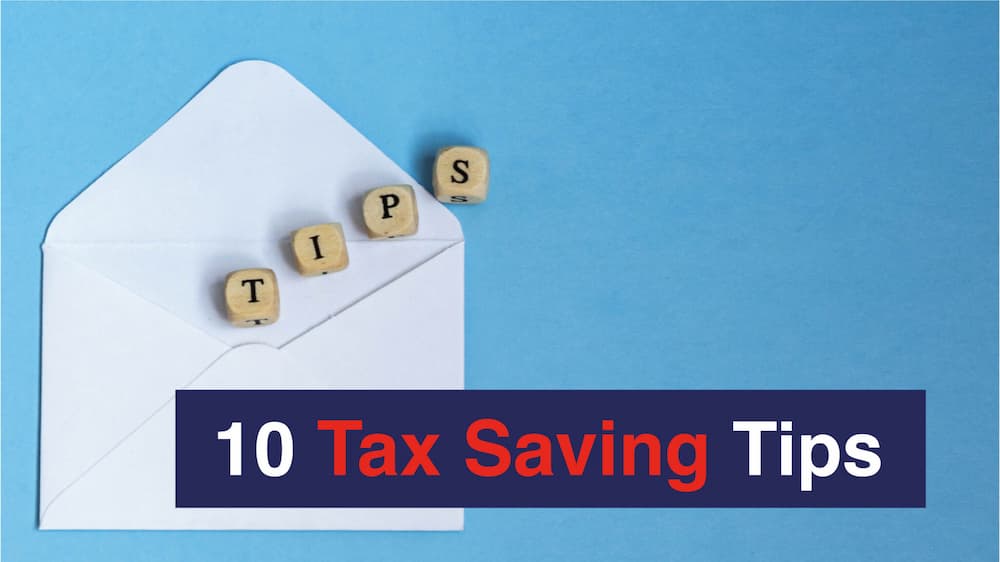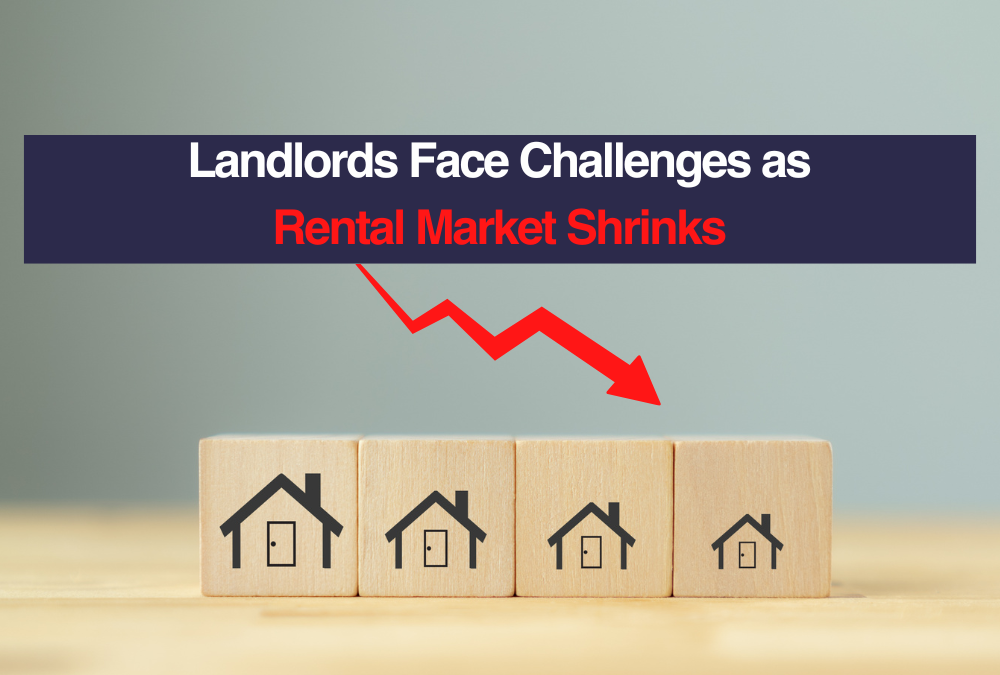Over the years there has been several strategies developed for saving tax which Landlords should follow to make the most out of their investment and ensure as much money is coming to them rather than being out in tax.
Our 10 Favourite Tax Tips:
1. Claim your expenses
Make sure that you claim for your expenses when filling in your tax return.
These should normally include:
- Costs from travelling backwards and forwards to the rental property
- Advertising costs
- Telephone calls made or text messages sent in connection with the property
- The fee for any safety certificates which have been obtained
- Any bank charges which have been incurred
- Legal fees
- Accountancy fees
2. Splitting your rent
A good tip is to consider putting your buy-to-let property into joint ownership, this will allow you to split the rent n the most tax efficient way.
3. Void period expenses
If your buy-to-let property is empty for a period; any utilities or council tax costs while it is empty can be claimed as a letting expense.
4. Every landlord has a ‘home office’
Even if you only have a single rental property you can still claim expenses for running your rental business and the associated costs of a home office. This is a minimum of £4 per week without having to provide written evidence of their expense deductions.
5. Finance costs
If you have borrowed money to purchase your buy-to-let property you should ensure that you claim all the loan interest paid relating to the buy-to-let investments.
This can also include money which may have been borrowed from friends or family as well as money on credit card or personal loan debt in connection.
Remember it is only the interest on the loan and not any capital repayments that can be claimed.
6. Carrying forward losses
Many landlords who have made rental losses in previous years may not even realise due to never having made a tax return before. These landlords may now be making rental profits which they need to declare.
If this is the case for you then you should go back and calculate any rental losses from previous years. These rental losses can be carried forward and be offset against profits in other tax years.
7. Capital gains avoidance
If you find yourself facing a large capital gains bill by sell their rental property you could avoid this by registering yourself as having ‘moved in’ to your buy-to-let.
This means you can then claim Private Residence Relief potentially saving you thousands of pounds in tax.
8. Replacement Domestic Items Relief (RDIR)
From April 2016 the wear & tear allowance which was only available on furnished lets was replaced by RDIR. It used to be the case that a landlord who let their property furnished could potentially claim up to 10% of the rent as an expense through the wear and tear allowance. This is to cover some of the depreciation cost on the furnishings provided.
Since April 2016 Replacement Domestic Items Relief allows landlords to claim for the net replacement costs of items of furniture and fittings, after the cost of disposal of the originals but allowing for any money which may have been received from the tenants for the original items.
9. Apportionment
The key to maximising the amount of expenses a landlord can legitimately claim is apportionment and to make sure you are not missing anything out!
10. Getting your return in on time
Do not be late!!
If you want to ensure you are not making yourself worse off then you need to make sure you get your tax return in before the 31 January.
You will not be able to submit your return electronically if there are any capital gains element to your tax return. However, you would still be able to do it through an accountant provided you ensure that they have the right type of tax software.
Related Articles
- Surviving A Tax Investigation
- Horizon Lets tips for Landlords
- Advice About Bills During Coronavirus
- Protect Yourself From Fraud
- Data Protection – Our Guidance for Landlords








